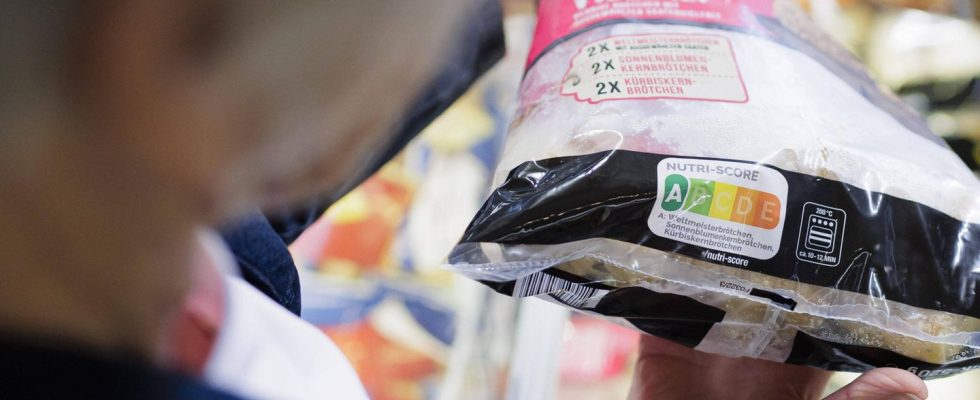Stiftung Warentest
Improved Nutri-Score – what the new food traffic light really brings to consumers
The Nutri-Score food traffic light works according to new rules
© Imago Images
Many people want to eat healthier in their everyday lives. With the Nutri-Score food traffic light, consumers receive information about the nutritional values of food at a glance. However, not every assessment of the scale was comprehensible in the past.
The Nutri-Score is actually intended to make life easier for consumers as a food traffic light printed on packaging. Provide quick guidance on the nutritional values of the food. But Stiftung Warentest was surprised at some of the reviews because they also use the Nutri-Score in their food tests. Despite their valuable unsaturated fatty acids, olive oils never climbed above a “yellow C”; for children’s cereals that were extremely high in sugar, the traffic light was at a “green A”. Why the Nutri-Score has awarded the foods so much and how the rating has now been improved Stiftung Warentest examined.
As a reminder: The Nutri-Score is a five-level letter scale that is colored according to the traffic light principle. A highlighted green A indicates high nutritional value, a red E indicates the opposite. The food traffic light was introduced in 2020 as a voluntary labeling system. But how could it be that a system that rewards good ingredients in food only grades healthy olive oils with a “C”?
Nutri-Score: How the food traffic light works
The nutritional values contained are offset for the Nutri-Score. Despite the positive ingredients, the total fat content of the olive oil was always reduced to a “C”. When it came to cereals that contained a lot of sugar, the product testers noticed that they had a “green A” despite the high amount of sugar. For the Nutri-Score, the whole grain content of the breakfast cereal made up for the sugar content. This type of calculation was not only noticed negatively by Stiftung Warentest. The French health authority Santé publique, which is responsible for the Nutri-Score, has now corrected the calculation weaknesses. Current nutritional scientific findings are incorporated more heavily into the calculations.
The new calculation basis has been in effect since the end of 2023 – but manufacturers have two years to print the modified Nutri-Score. This means: In stores, for example, consumers can still come across very sugary children’s cereals that are labeled with an “A”, although according to the new calculation method they have slipped to a “B” or “C” depending on their composition.
Stiftung Warentest gives tips on how to use the scale
According to the new calculation, products containing sugar and salt receive more negative points than before, and products with a high proportion of unsaturated fatty acids, which have a beneficial effect on the heart and circulation, get a bonus.
12 images
But what use is the Nutri-Score for consumers? The food traffic light helps when comparing packaged foods from the same category: for example, yogurt with yogurt. The Nutri-Score refers to the nutritional values in the unprepared state – for example, if you prepare a ready meal in a pan with oil, you change the nutritional values by adding fat and heat.
Consumers should not overestimate the significance of the scale. Stiftung Warentest advises you to remember that the Nutri-Score only says something about sugar, salt, protein, fat quality and fiber in food. This traffic light cannot tell how many vitamins or minerals are in a food. If you are skeptical about whether the food traffic light is correct, you can do the math yourself if you have enough information about the contents of a product. Stiftung Warentest recommends one Table from the Ministry of Food.
You can find out more about Nutri-Score at Stiftung Warentest!


